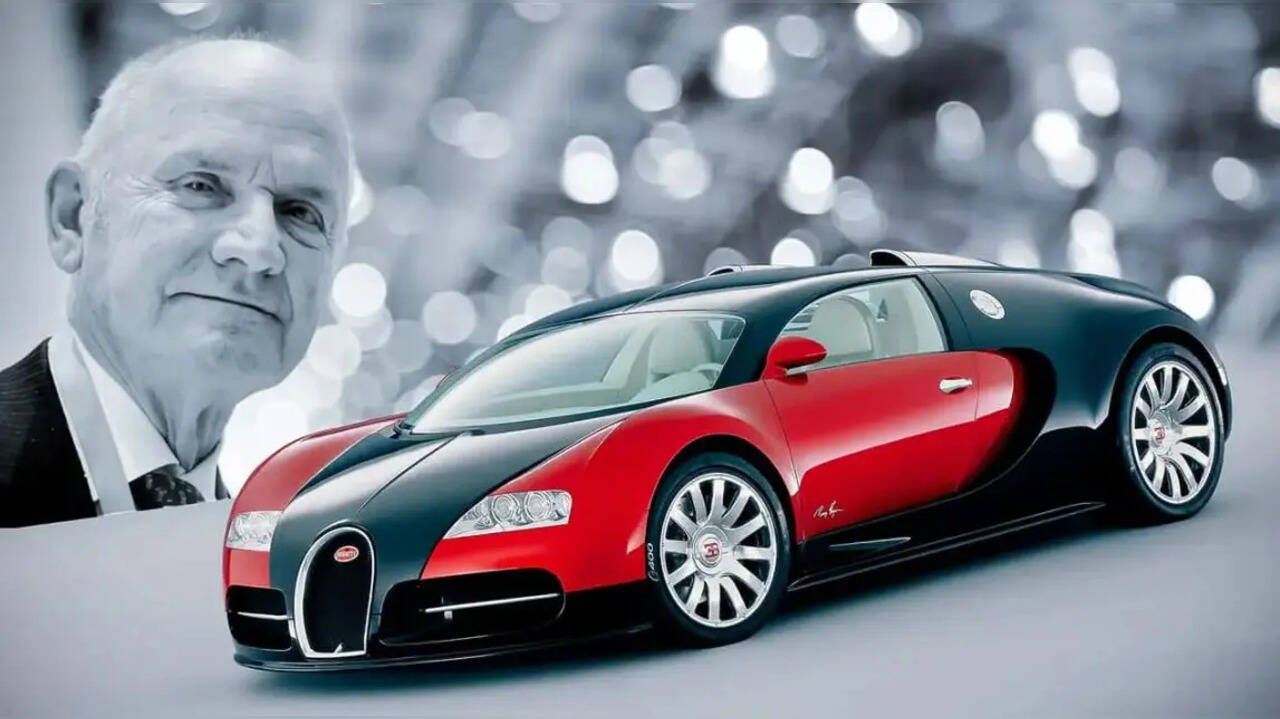
Who Is Ferdinand Karl Piëch? The Visionary Behind Bugatti Veyron (Image: Bugatti)
His career trajectory took a transformative turn at Audi, where his pioneering innovations—including the five-cylinder engine, TDI technology, and the quattro all-wheel-drive system—redefined automotive standards. In 1993, Piëch ascended to the role of Chairman of the Board of Management at Volkswagen AG, a position from which he significantly influenced the company’s global trajectory.
Piëch Envisions W16 Powerplant On A Shinkansen
A pivotal moment came in 1997 during a train ride in Japan, where Piëch, inspired by an informal conversation, sketched the concept of an 18-cylinder engine—one that would later evolve into the iconic W16 powerplant that powered Bugatti’s hypercars. His vision was audacious: to create a vehicle capable of delivering 1,000 horsepower and reaching a top speed of 400 km/h, while retaining the elegance and comfort of a luxury grand tourer.
Piëch Makes History With An Announcement
In 2000, Piëch made an announcement that would reshape the automotive landscape: Bugatti would produce a car delivering 1,001 bhp and exceeding 400 km/h in top speed. This vision materialized in 2005 with the debut of the Bugatti Veyron 16.4—an engineering marvel capable of accelerating from 0 to 100 km/h in 2.5 seconds and achieving a record-setting top speed of 407 km/h. More than just numbers, the Veyron embodied the very essence of Piëch’s philosophy: technical brilliance fused with luxury and exclusivity.
Piëch demanded that Bugatti stand for the exceptional—vehicles that are not only technically unmatched but also aesthetically and emotionally extraordinary. He envisioned cars that could conquer the autobahn by day and deliver refined elegance at the opera by night.
Ferdinand K. Piëch’s relentless pursuit of perfection and his refusal to compromise on innovation elevated Bugatti to new heights. His visionary leadership not only revived a historic marque but also set a benchmark for the hypercar era. His legacy endures in every Veyron and Chiron, in every record shattered, and in the unwavering standard of excellence he instilled.
